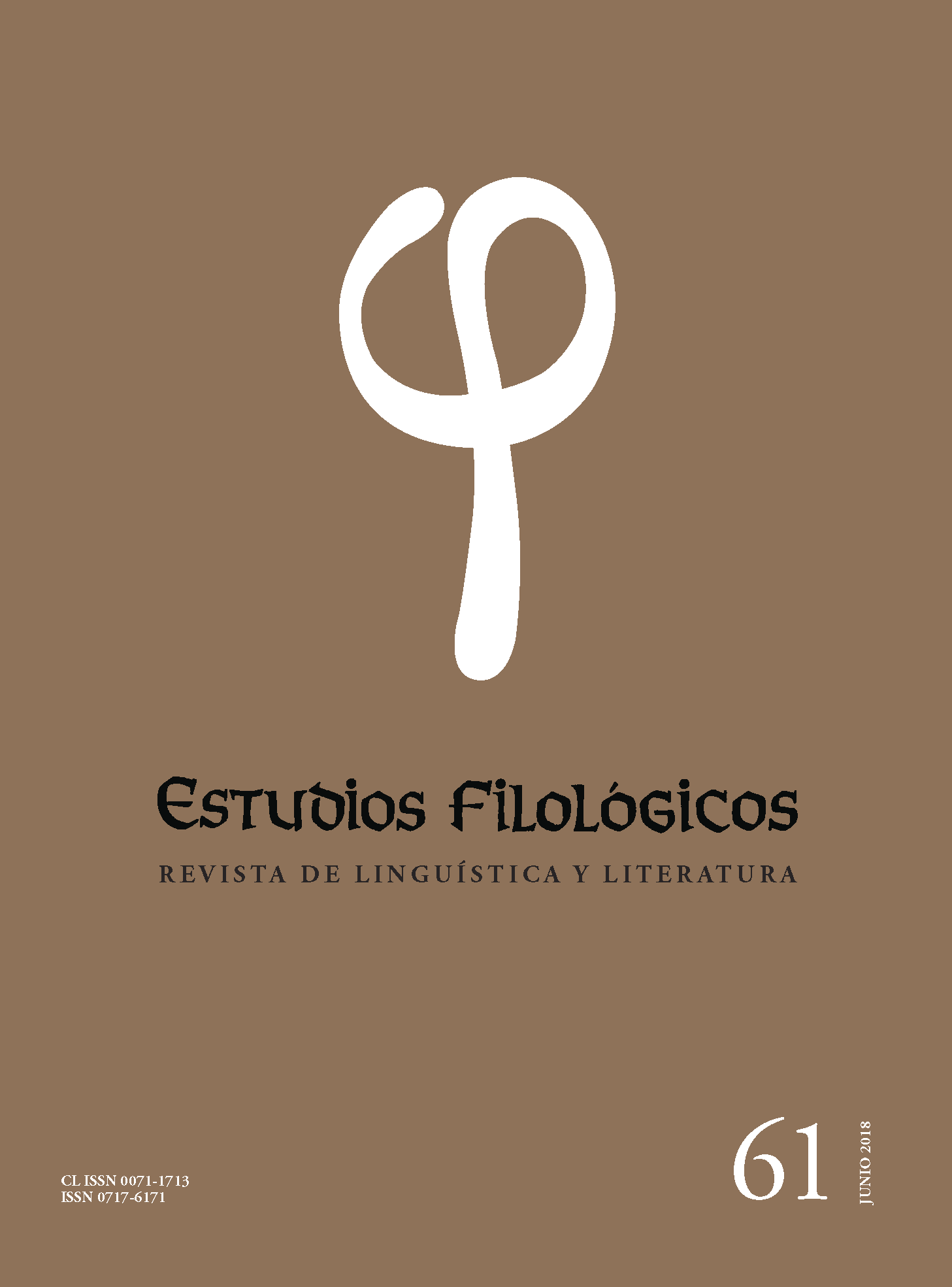Chile as a paratext: the regional space in the literary atlases of the 40s
Main Article Content
Abstract
From the equivalence between ecumenization processes (territorial phenomenon) and descriptive activities (textual phenomenon), the article explores a discursive corpus whose rise would occur in the decade of 1940, including authors such as Gabriela Mistral, Antonio Roco del Campo, Eduardo Blanco-Amor and Benjamín Subercaseaux. As noted in this set of literary atlases, the nationalizing spacing model starts prevailing in what is perceived as a more or less fundamental “part” of the country –tributary and permanently available provinces–, through paratexts that fulfill the function of giving readability and curb uncontrolled fragmentation, even when this is not sufficient to suppress the emergence of ambiguous relations between the nation and the regions, between the center and the periphery, between each source text and its publication as a book.

